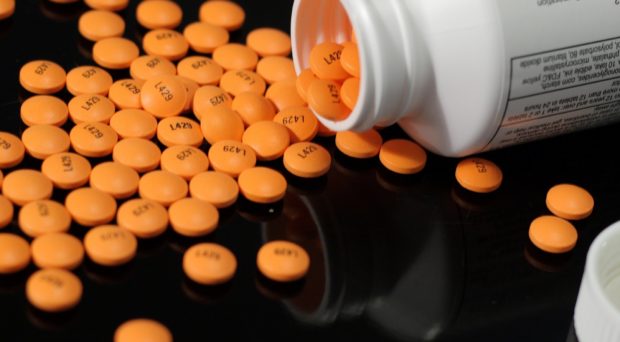
The introduction of proton pump inhibitors (PPIs) into clinical practice has revolutionized the management of acid-related diseases. Pharmacological acid suppression has been so successful in healing peptic ulcers and managing patients with gastro-esophageal reflux disease that elective surgery for ulcer disease has been virtually abolished and anti-reflux operations are today performed only in selected patients.
Along the same lines, the incidence of non-steroidal anti-inflammatory drug (NSAID) associated gastropathy has largely been reduced, despite the increased use of these medications in the aging population.
Patients admitted to hospital frequently are started on PPIs, often inappropriately.
Studies in primary care and emergency settings suggest that PPIs are frequently prescribed for inappropriate indications or for indications where their use offers little benefit. Patients admitted to hospital frequently are started on PPIs, often inappropriately, and these medications are continued, following discharge, by primary care physicians.
The introduction of generic PPIs into the market has been followed by an increasing rate of PPI prescribing related to chronic treatments, unlicensed indications and therapeutic substitutions. Furthermore, since PPIs are now available over-the-counter, patients can have free access to them and for long periods of time, without seeking medical attention.
Inappropriate PPI use is a matter of great concern, especially in the elderly, who are often affected by multiple comorbidities, are taking multiple medications, and hence are at an increased risk of long-term PPI-related adverse outcomes and drug-to-drug interactions (DDIs).
Together with inappropriate use, underuse is also of concern. For instance, despite all guidelines support the use of gastroprotection with PPIs in at-risk patients treated with NSAIDs, low prescription rates of gastro-protective medications have been reported.
The availability of OTC PPIs provides consumers with options other than antacids and H2-receptor antagonists (H2RAs) for self-medication of acid-related symptoms. Prospective clinical trials have shown the efficacy of these drugs, taken on demand or intermittently on GERD management, with potential for cost reduction.
Although guidelines for OTC use suggest a short course (2 week treatment) of PPIs in patients with typical complaints (acid and/or regurgitation), and without alarm symptoms, great potential for misuse and/or overuse does exist.
Major concerns include management of patients in whom symptom persist despite acid suppression, appropriate administration and the potential masking for more serious pathology, like malignancy. Therefore, guidelines and position statements are not just for specialists and GPs but should be extended to clinical and community pharmacists and patients alike.
PPIs remain the leading evidence-based therapy for acid-related diseases, including GERD, PU disease, dyspepsia, NSAID-induced ulcer, Helicobacter pylori infection, and hypersecretory disorders such as Zollinger-Ellison syndrome. The strong evidence supporting PPI efficacy and a favorable safety profile has led to overuse of these drugs in many treatment arenas.
Surprisingly, despite more than 25 years of extensive literature, addressing PPI therapy in upper GI disorders, inappropriate use remains consistently high both in the hospital and in primary care.
There are two main concerns pertaining to PPI overuse and misuse: drug expenditure, which has risen dramatically in recent years, even after the introduction of cheaper generic formulations, and growing safety issues.
Despite PPIs carrying some risks, they should not be denied to patients who are likely to benefit from them merely because of concerns about putative adverse effects.
While some concerns about the possible adverse effects of PPIs (including an increased risk of gastric carcinoids, gastric carcinoma, decreased absorption of minerals and vitamins) have been raised since their introduction in the late 1980s, more recently the number of publications dealing with PPI-related adverse outcomes has steadily increased.
It is worth mentioning, however, that the majority of studies are observational in nature and do not allow for establishing causality, but merely associations. Therefore, despite PPIs carrying – like any other classes of drugs – some risks, they should not be denied to patients who are likely to benefit from them merely because of concerns about putative adverse effects.
Under the current situation of PPI misuse, opportunities do exist do to increase appropriateness in order to enhance effectiveness and safety of drug therapy as well as minimize overall healthcare costs. As always, education is the key. Issuing guidelines and implementing them represent the most rational approach to problem. Judicious surveillance of hospital use and prescription refills in the outpatient settings, with re-evaluation and justification for continued treatment, can minimize the potential for adverse effects and achieve cost-saving.
Comments